Key Points
- Louvre Museum, Paris, France, holds the top spot for largest exhibition space.
- State Hermitage Museum is the biggest museum in the world by collection size.
- Discover the top 9 famous museums defining global art and history in 2025.
The world's largest museums offer a unique window into five millennia of human civilization, where every hall presents a new discovery. The question of which institution truly qualifies as the largest museum in the world is more complicated than a simple measurement; it can be defined by total floor area, exhibition space, or the sheer size of the permanent collection. The Louvre Museum in Paris, France, is the biggest art museum in the world. It continues to come up with new ways to display art and gets millions of visitors each year.
At the same time, the State Hermitage Museum and the Metropolitan Museum of Art, two of the largest museums in the world, are always digitizing and expanding, making cultural treasures from around the world easier to access than ever before. This 2025 ranking puts institutions in order based on their exhibition space and the size of their collections that are important to the world.
List of World's Largest Museums by Exhibition Space and Collection Size
To really compare the world's biggest museums, you need to look at both the size of the collection and the size of the exhibition space. Here is a ranked list of nine colossal cultural institutions.
| Rank | Largest Museum Name | City / Country | Exhibition Space (Approx.) | Collection Size (Objects) | Primary Focus |
| 1 | Louvre Museum | Paris, France | 72,735 sq m (783,000 sq ft) | ~600,000 | Art and History |
| 2 | State Hermitage Museum | St. Petersburg, Russia | 66,842 sq m (719,500 sq ft) | >3 Million | Art and Culture |
| 3 | National Museum of China | Beijing, China | 65,000 sq m (700,000 sq ft) | >1.4 Million | History and Archaeology |
| 4 | Metropolitan Museum of Art (The Met) | New York City, USA | 58,820 sq m (633,100 sq ft) | >1.5 Million | Encyclopedic Art |
| 5 | Vatican Museums | Vatican City | 43,000 sq m (460,000 sq ft) | >70,000 (and hundreds of thousands of art pieces) | Art and Archaeology |
| 6 | Tokyo National Museum | Tokyo, Japan | 38,000 sq m (410,000 sq ft) | >120,000 | Asian Art and Archaeology |
| 7 | National Museum of Anthropology | Mexico City, Mexico | 33,000 sq m (360,000 sq ft) | >2.3 Million | Mexican Heritage and History |
| 8 | Victoria and Albert Museum (V&A) | London, UK | 30,000 sq m (320,000 sq ft) | >2.8 Million | Art, Design, and Performance |
| 9 | National Museum of Korea | Seoul, South Korea | 27,090 sq m (291,600 sq ft) | >420,000 | Korean History and Art |
Also Read - These are the 9 Busiest Airports in the US in 2025 - No. 7 will Surprise You
1. Louvre Museum
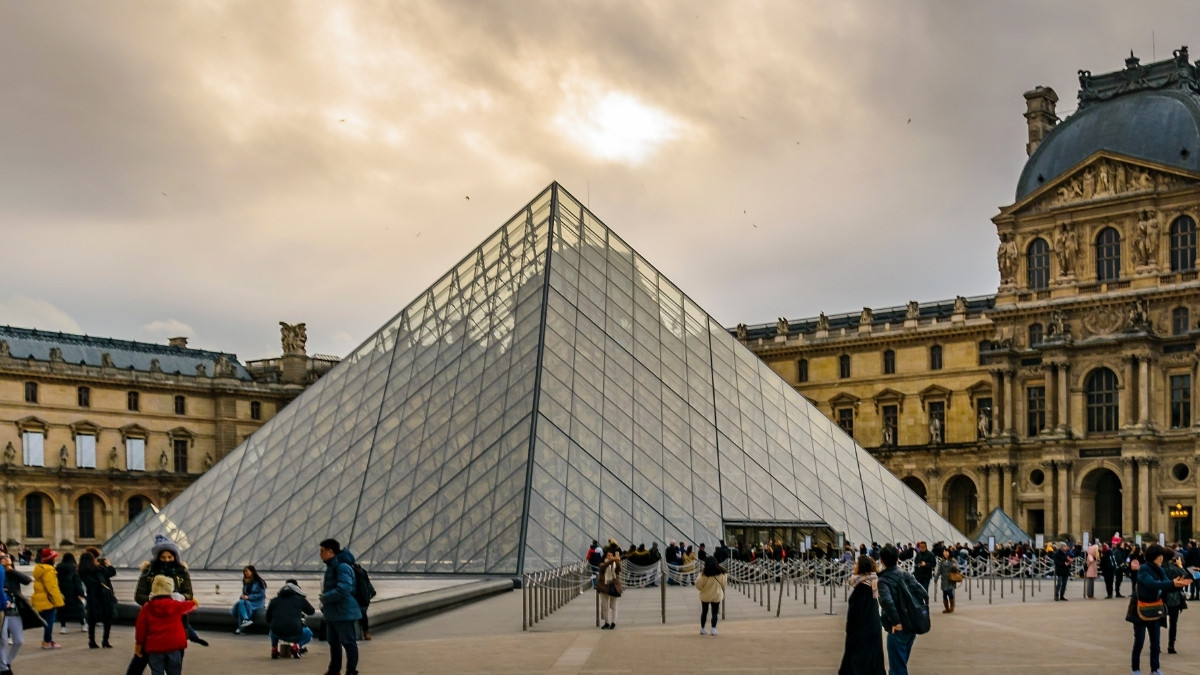
Housed in the historic Louvre Palace in Paris, the Louvre Museum is unequivocally the largest art museum in the world by exhibition area. Its collection is known for having famous works of art, like the Mona Lisa and the Venus de Milo. The gallery space is so big that it takes visitors several days just to see a small part of its huge collection. This makes it a must-see for anyone who wants to learn about global art history.
2. State Hermitage Museum
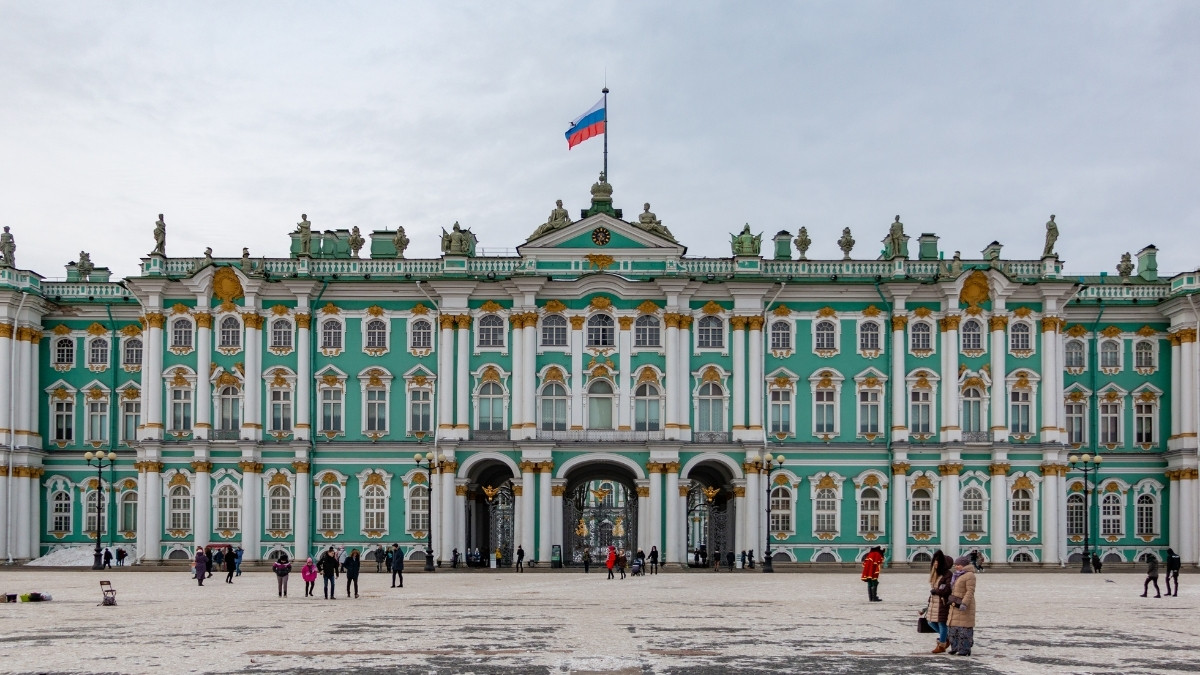
While slightly smaller than the Louvre in gallery space, the Hermitage in St. People often say that the Hermitage Museum in Petersburg, Russia, is the biggest museum in the world because it has so many display items. The collection, which includes over three million items from the Stone Age to the 20th century, is spread out over six historic buildings, including the beautiful Winter Palace. This makes it a huge global art resource.
3. National Museum of China
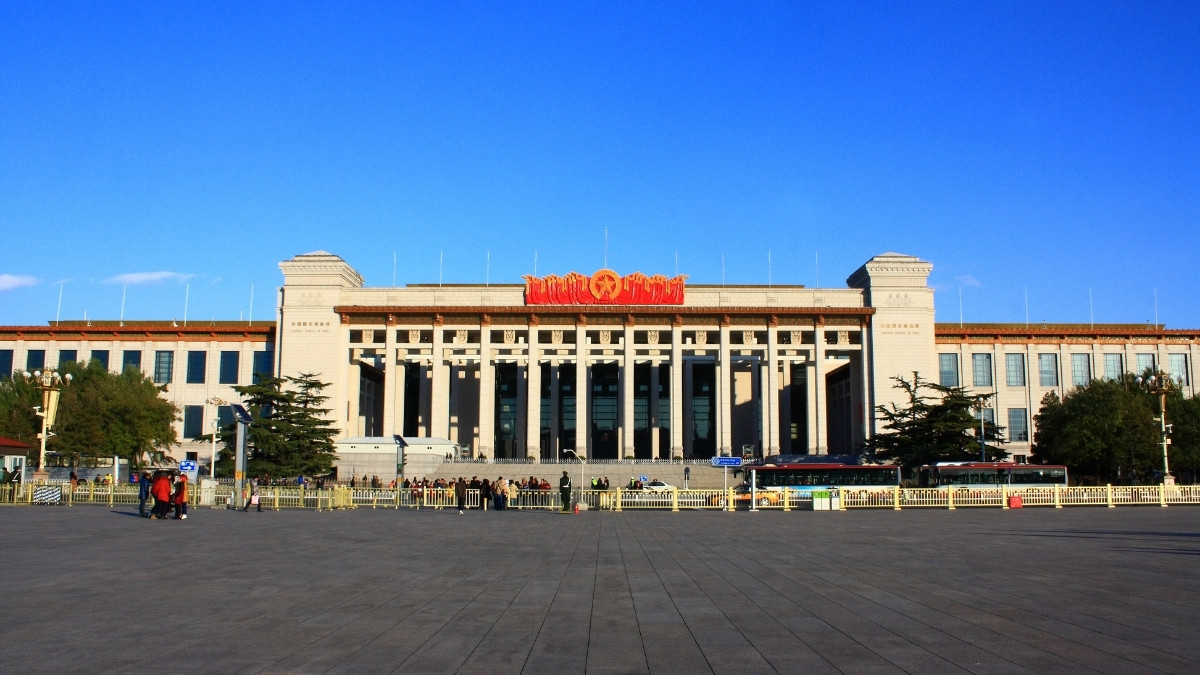
This museum is located on the east side of Tiananmen Square in Beijing. It is known as the largest museum in the world that is housed in just one building. The museum has 1.4 million artifacts that give you a unique look at China's long history and revolutionary past.
4. The Metropolitan Museum of Art (The Met)
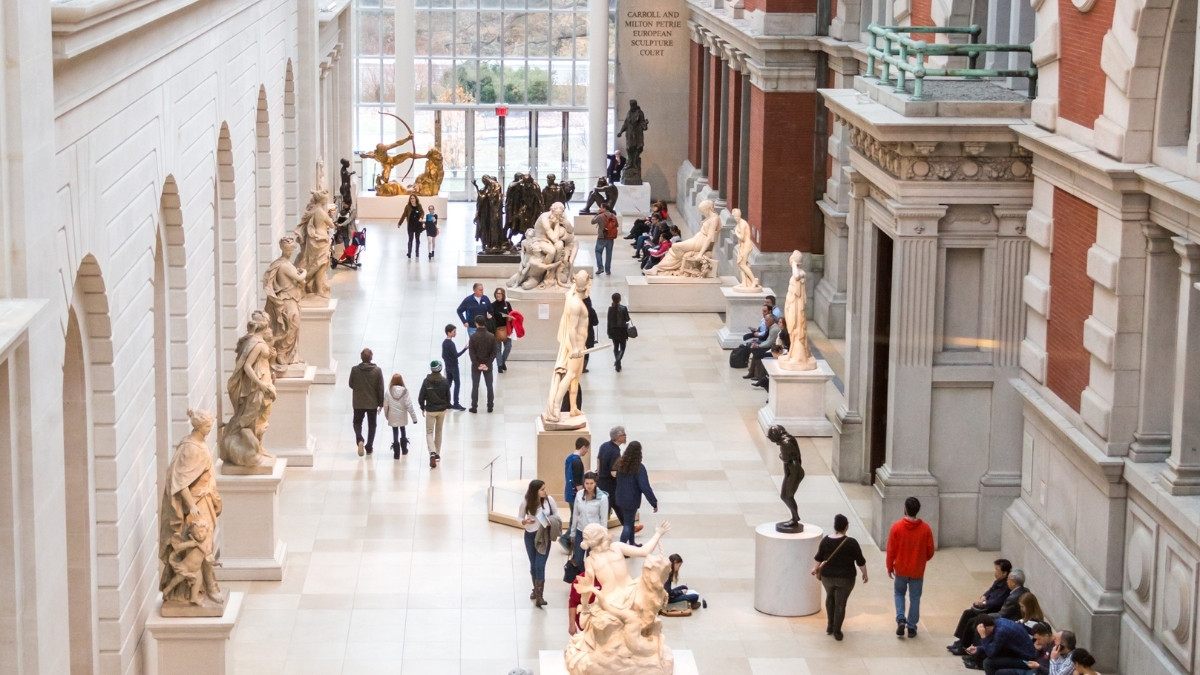
New York City is home to the Met, the largest art museum in the Western Hemisphere. The museum has a huge collection of things from almost every culture and time period, from Egyptian temples to clothes from today. Its huge floor area is as big as that of any museum in the world.
5. Vatican Museums
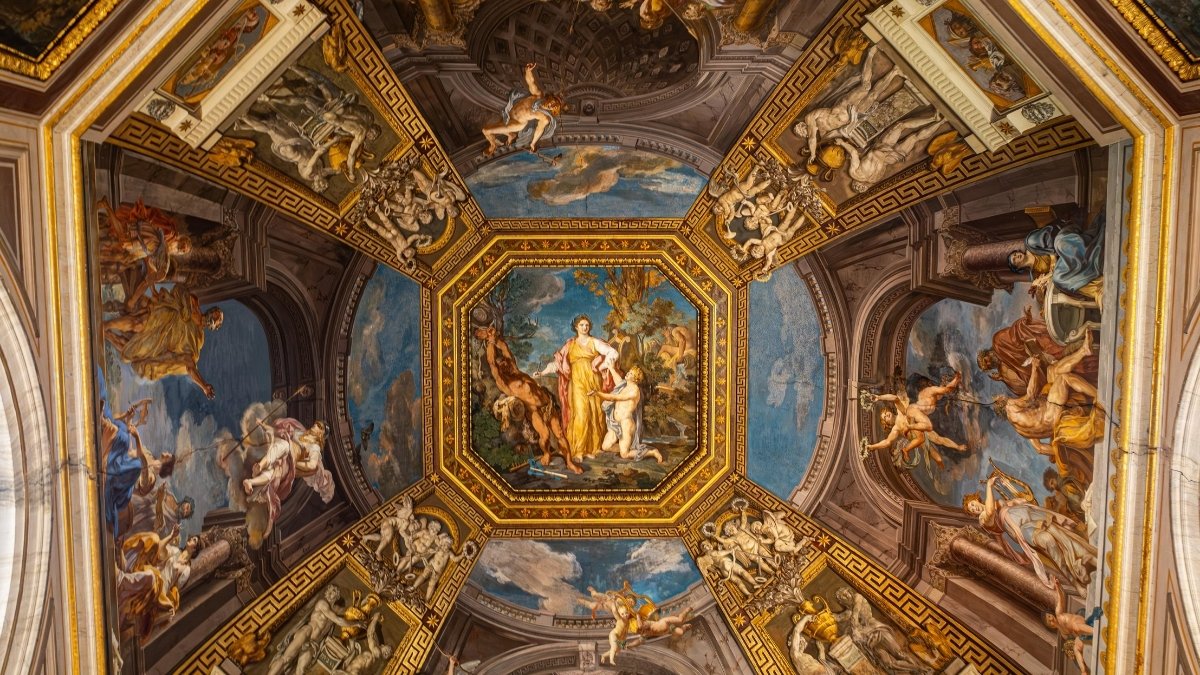
Intricate Ceiling Fresco in the Vatican Museum
These museums in the middle of Vatican City show off the huge collection of art that the popes have built up over the last 500 years. People love them not only because they are big, but also because they have some of the most important cultural sites in the world, such as the Raphael Rooms and the Sistine Chapel.
6. Tokyo National Museum
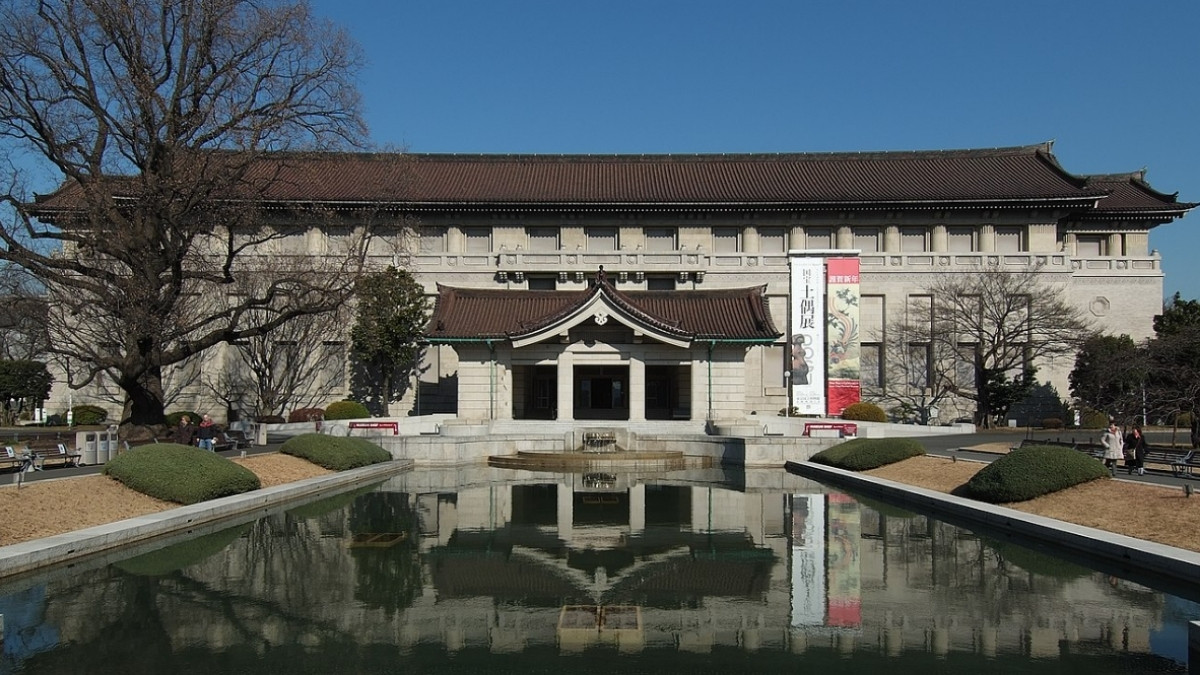
The Tokyo National Museum in Ueno Park is the oldest and largest national museum in Japan. It is the best place to see Asian, and especially Japanese, cultural artifacts. Its collection is important for learning about the history of the Silk Road and how artistic traditions have continued across the continent.
7. National Museum of Anthropology
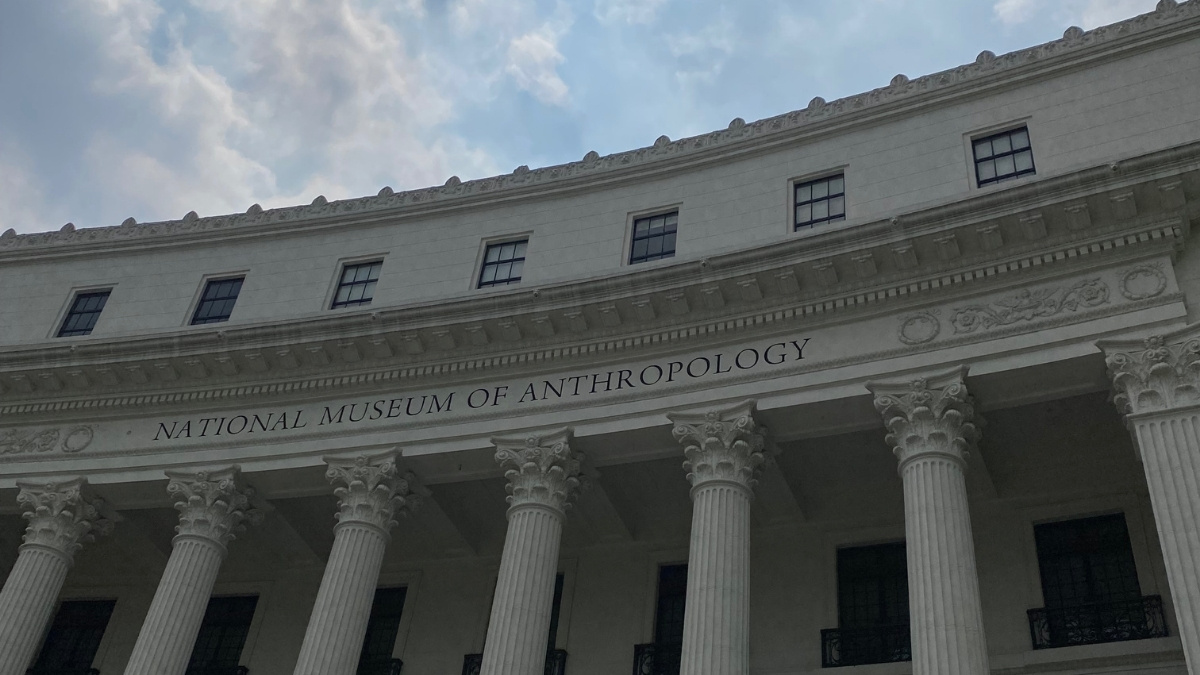
This museum is very important for learning about Mexican culture and history. It is located in Chapultepec Park in Mexico City. Its huge halls cover a lot of anthropological and historical ground, and it has some of the most amazing ancient artifacts, like the famous Aztec Stone of the Sun.
8. Victoria and Albert Museum (V&A)
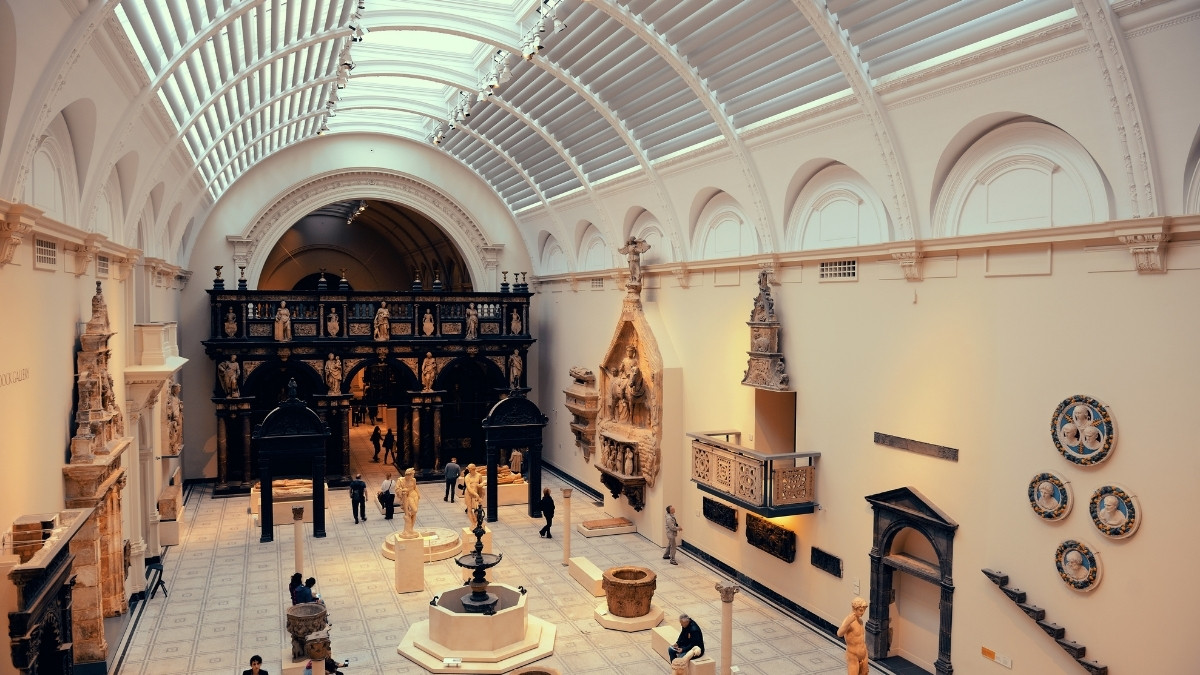
People say that the V&A in London is the biggest museum in the world for design, applied arts, and decorative arts. It has a huge collection of almost three million objects that focuses on the art of making. This helps visitors see how creativity has changed over time, from furniture and ceramics to fashion and performance art.
9. National Museum of Korea
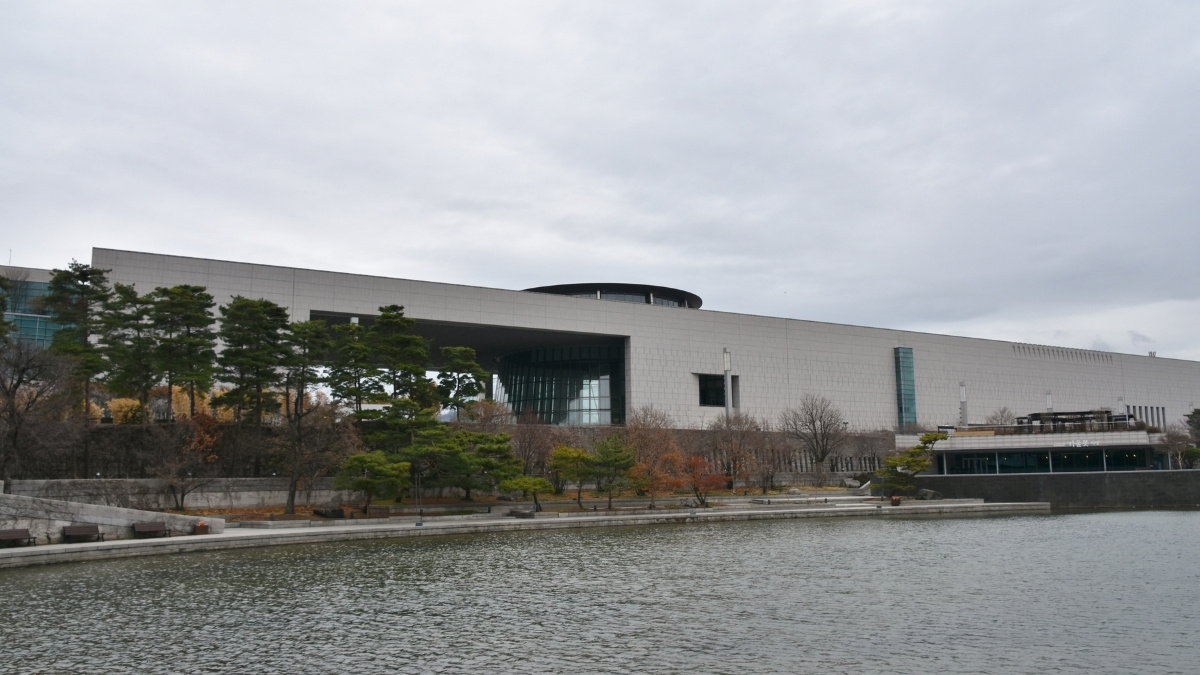
This is the main museum in Seoul that shows Korean history and art. The museum is a big cultural center because it has a lot of space for exhibits and a lot of items to show. It tells the long and interesting story of the Korean peninsula from ancient times to now.
Check Out: List of 11 Oldest Countries in the World 2025 (Updated)
These famous museums are more than just big buildings. They are places where the smartest people in the world come together to share their ideas. They are also always changing to meet the needs of modern tourists and scholars. The biggest museums in the world will continue to grow their digital and physical galleries in 2025. This shows how important they are as guardians of our shared history.
Comments
All Comments (0)
Join the conversation